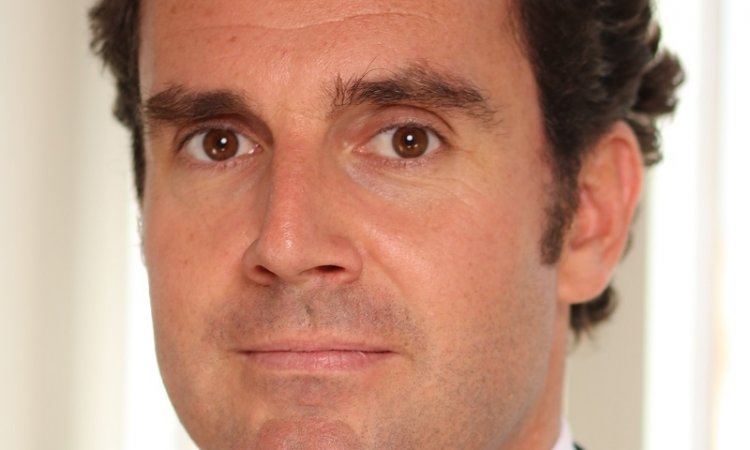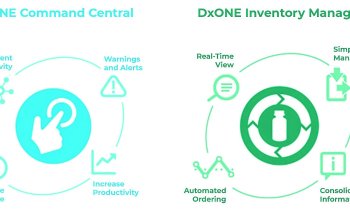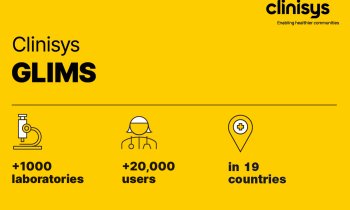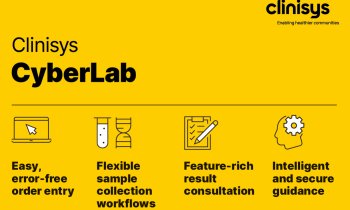Article • Futuristic
Humber River Hospital is oh so smart
‘Humber River Hospital, Toronto, Canada, could come straight out of a science fiction series that provides Star Trek-like healthcare services with hall-cruising robots delivering food, medications and supplies to staff, electrochromic windows, video conference capabilities at patients’ bedsides and real-time location systems, to name but a few futuristic features. Yet, this is now and for real!’
Report: Cornelia Wels-Maug
Workflow automation at the centre
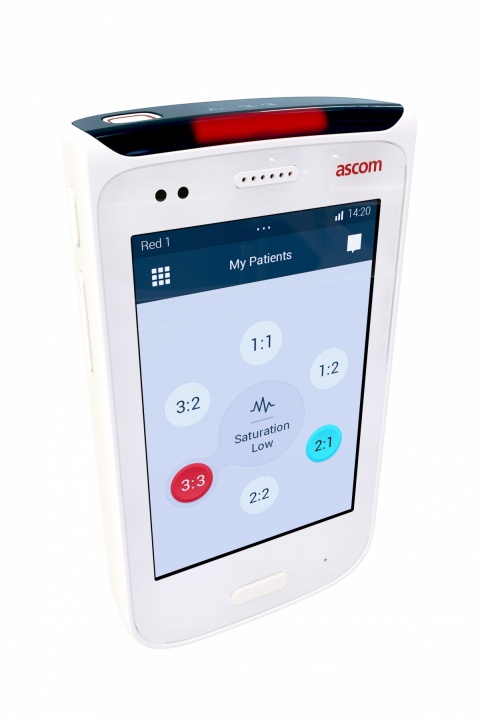
Opened in October 2015, the new Humber River Hospital in Toronto is a 656-bed acute care facility aims to offer a new level of staff and patient experience with everything involved being ‘lean, green and digital’. The hospital’s underlying mantra is workflow automation to maximise efficiency and patient outcome. More than three-quarters of its supply chain are automated. Physicians order tests, deliver samples and receive results completely electronically.
Given its high level of computerisation to support the day-to-day care delivery, this could well be called a ‘smart’ hospital. To achieve that, a high degree of integration efforts had to be mustered to connect the various pieces of technology into a coherently working system. ‘We are using technology to advance high quality, safe and efficient patient-centred care,’ says Kevin Fernandes, CTO for Humber River Hospital. When it comes to communication, he makes it clear: ‘Our technology strategy includes equipping our care team with some of the latest communication tools at the point of care (POC).’
To this effect, the hospital chose to work with Ascom Wireless Solutions, which provides wireless on-site communication system and has built up an international presence in hospitals, senior care and independent living. The hospital installed this vendor’s nurse call system, Myco, and its Unite software platform, both designed to improve quality and efficiency of care. ‘Myco’s seamless integration with other hospital systems enables us to deliver everything from time-sensitive, bedside nurse calls and notifications to real-time electrocardiograms and waveforms directly to the mobile caregiver device,’ Fernandes adds. ‘Ascom Myco increases the time our staff and physicians have to meaningfully interact with patients at the bedside.’
Communication experience
We have an extensive mobile portfolio. What sets us apart is that we bring mobile devices, middleware, connectivity and infrastructure together.
Fritz Mumentahler, CEO of Ascom Switzerland
Why did Humber Hospital choose Ascom? Claes Ödman, General Manager of Wireless Solutions at Ascom, explains: ‘The Myco is already used by other technically advanced institutions, such as the Cancer Centre in Melbourne, Australia. In particular, we have a strong presence in North America, due to Ascom purchasing GE’s nurse call system back in 2011.’
His colleague, Fritz Mumentahler, CEO of Ascom Switzerland, adds to this: ‘We have an extensive mobile portfolio. What sets us apart is that we bring mobile devices, middleware, connectivity and infrastructure together. When it comes to the execution we also have a strong local deployment operation and local technical presence.’

Myco and middleware optimise workflow
The Ascom Myco is a purpose-built smartphone geared for deployment in hospitals. ‘It’s a workflow optimising tool,’ Tim Whelehan, President & CEO of Ascom North America, points out about the product’s core feature. Combined with the vendor’s middleware ‘Unite’, it supports access to information from medical equipment and clinical systems – e.g. patient monitoring devices and patient health records − when on the move. Thus patient-related information is available whenever needed to take decisions at the POC, extending the solution’s capabilities well beyond those of a pure nurse call system. ‘Using the Myco helped one of our clients to bring down the time spend running around the wards from 11.5 km per day to 9.5 km just by optimising the workflow’, Whelehan points out.
The phone is based on Android open-source OS and supports the integration of existing hospital apps. ‘We chose an Android platform to make it open for developers. Currently, there are about 80 apps working on the platform,’ Whelehan explains. ‘The system can support up to 250 different workflow systems on the Unite platform.’
Furthermore, by filtering alerts so that nurses are only notified of alarms triggered by their assigned patients, or those devices that monitor their patients, the solution significantly contributes to reducing alarm fatigue. Nurses can use the phone functions to either call the patient or forward or escalate the alarm.
The top display allows reading notifications at a glance, which adds to ease of use. Although the solution can host a range of healthcare applications, mission-critical alerts are prioritised.
The built-in barcode scanner is an important feature to ensure that the prescribed medication is administered to the right patient. The Myco works well in a shared Wi-Fi environment and has an interface permitting fast roaming, which enables non-interrupted calls for users moving across different wards while on the phone.
Outlook − A prophet has no honour in his own country
We are using technology to advance high quality, safe and efficient patient-centred care
Kevin Fernandes, CTO for Humber River Hospital
This prestigious win further strengthens Ascom’s market standing. The vendor aims to ‘be present in every tier-one hospital in the world by 2020’. Although Ascom is a force to be reckoned with in North America and parts of Europe – mainly the Netherlands, Sweden, Finland and Norway – it will take more orders in leading hospitals to achieve its goal. Ascom particularly wishes to expand its presence in its home market Switzerland, as well as in Germany, the Middle East, Africa and Asia.
06.06.2016



